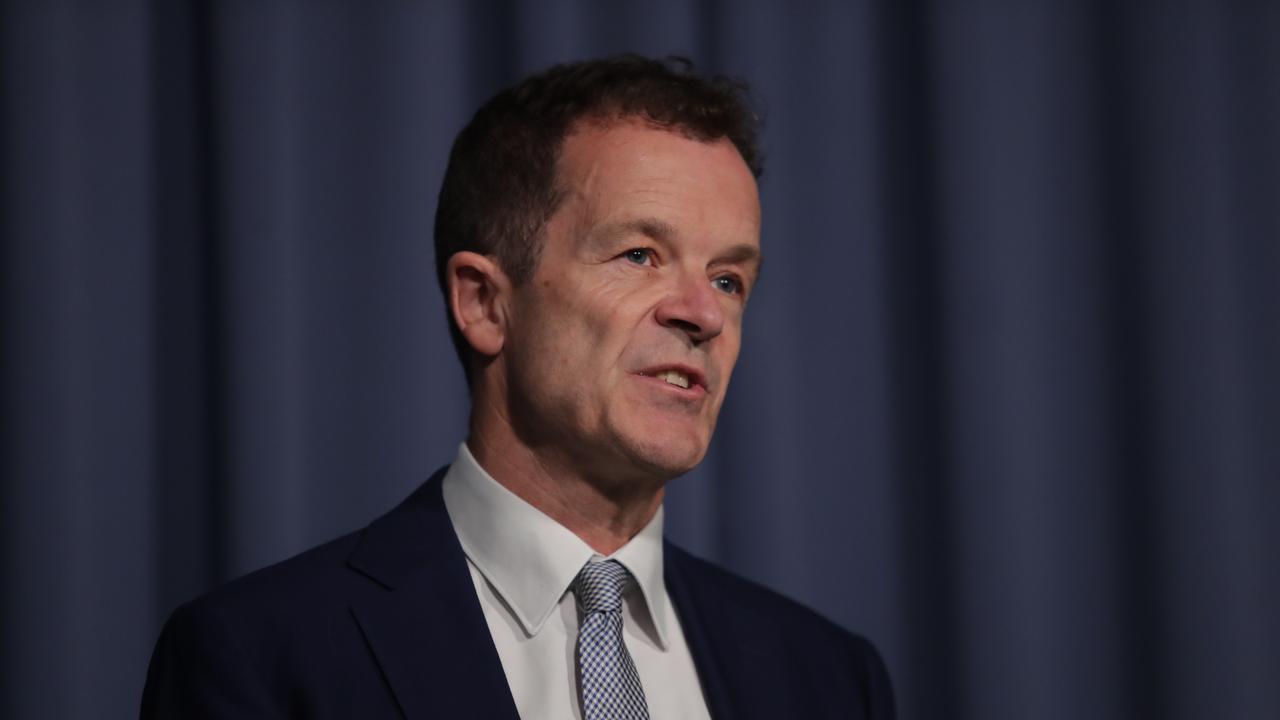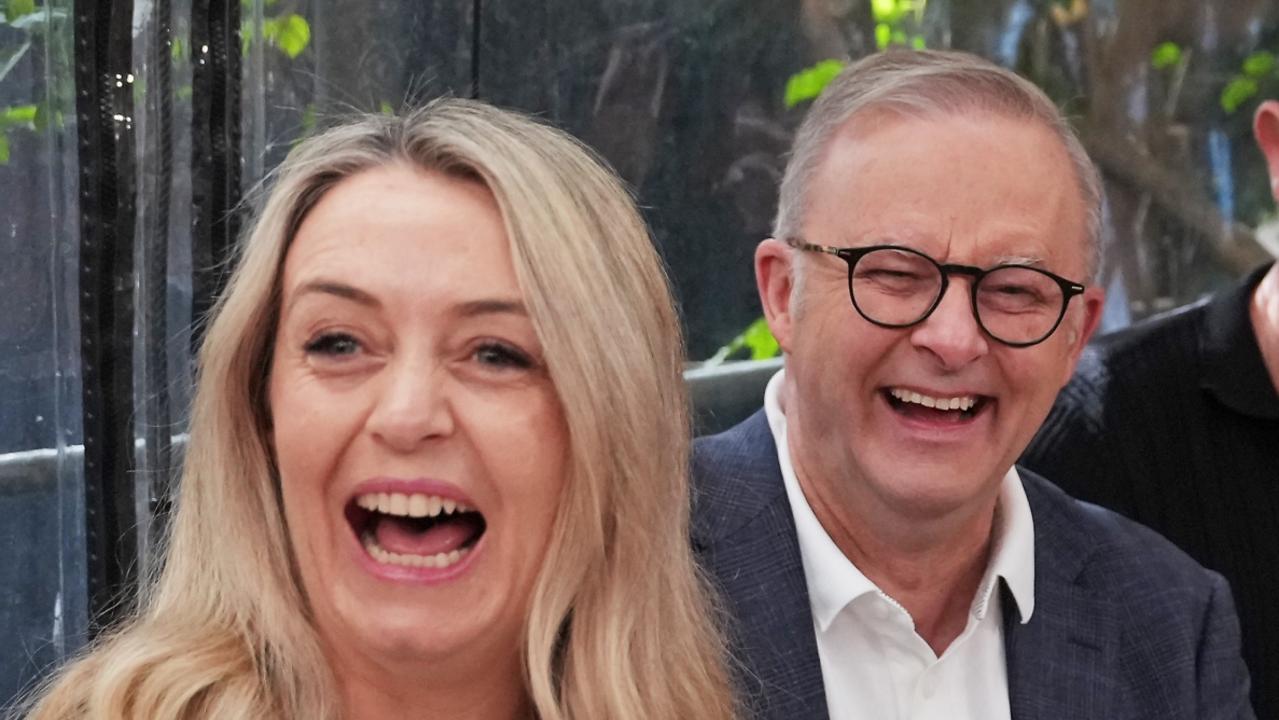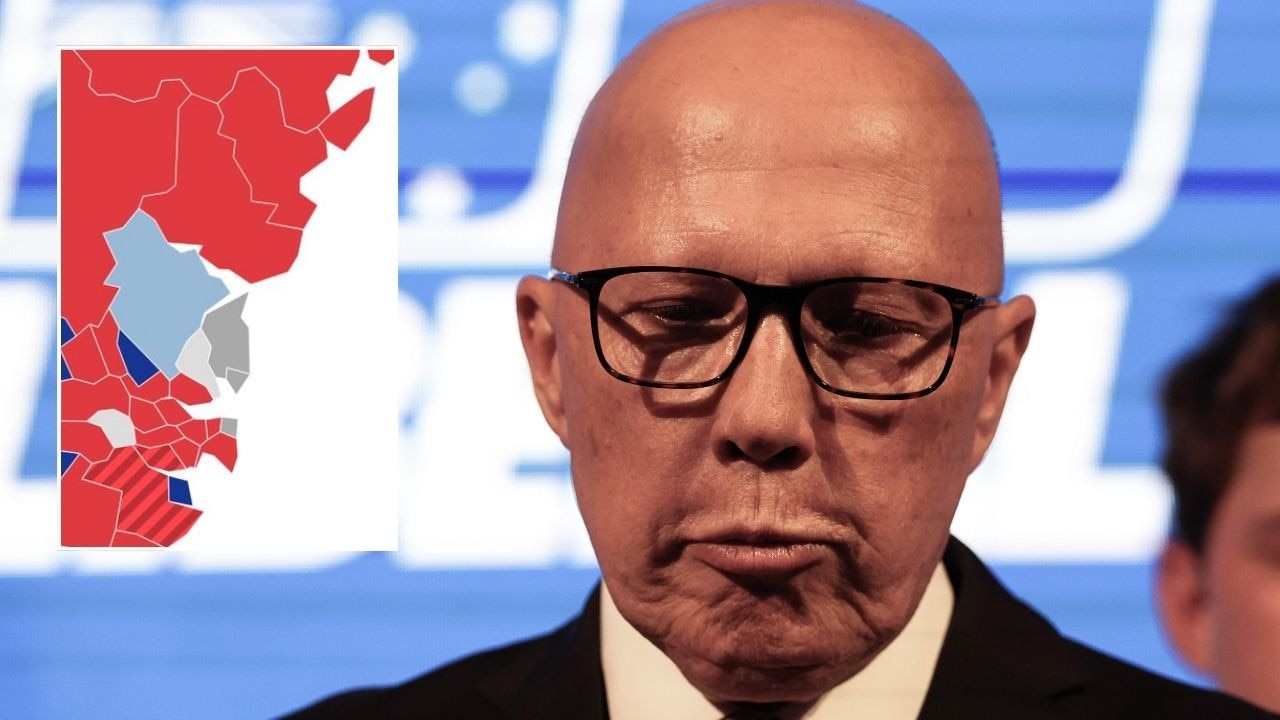Government lists life-changing epilepsy drug fenfluramine on PBS
For the Sutton family, finding a drug that controlled four-year-old daughter Layla’s rare form of epilepsy was a mixed blessing. The benefits were amazing but the cost — $7500 for a single bottle — was brutal. Now all that has changed.
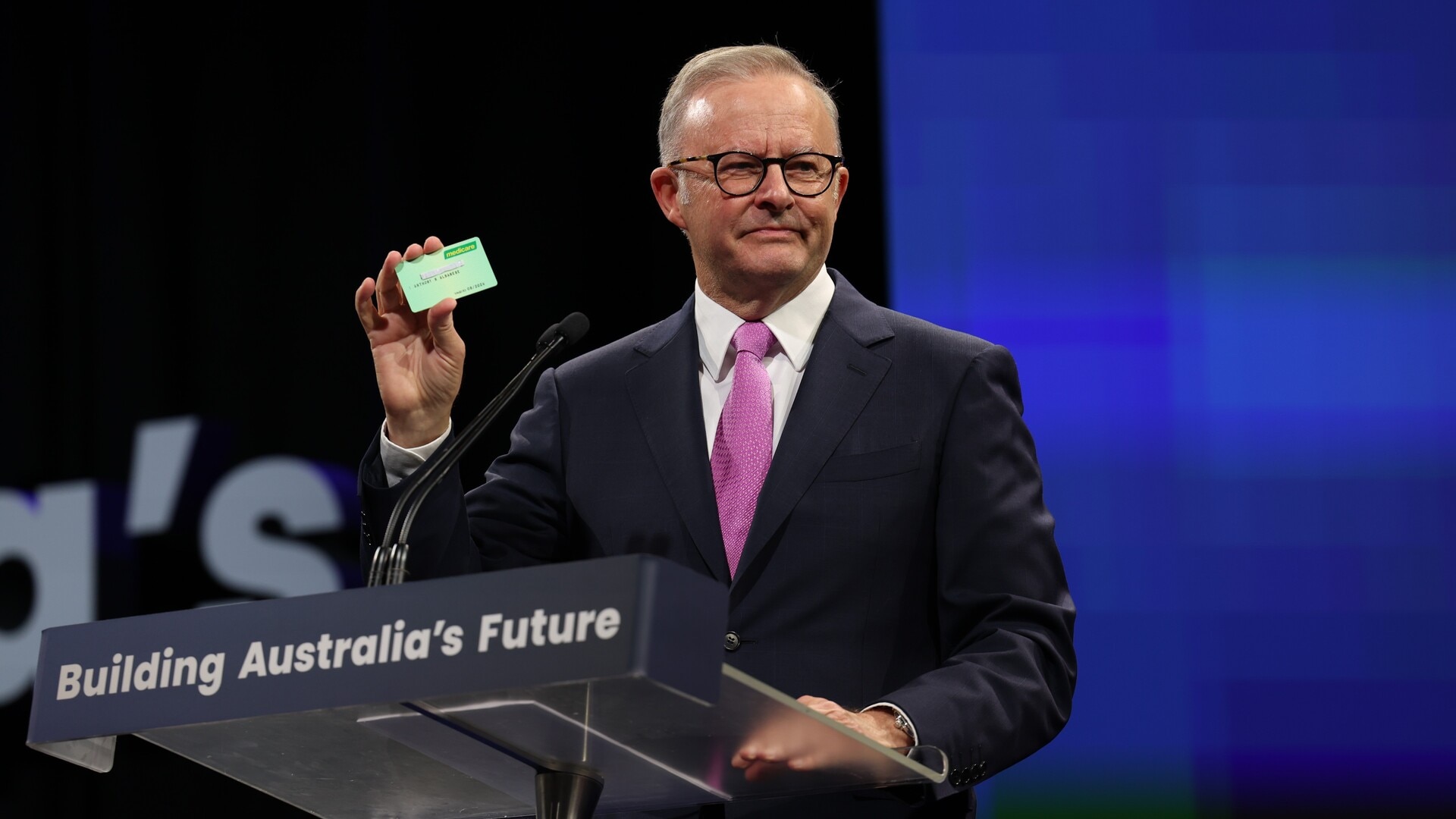
NSW
Don't miss out on the headlines from NSW. Followed categories will be added to My News.
Four year-old Layla’s cheeky grin hides the battle she’s bravely fought for almost her entire life, but now there’s an extra reason to smile.
The little girl was diagnosed with Dravet syndrome, a rare form of epilepsy, after experiencing her first seizure during a nappy change aged just 5½ months old.
Testing revealed Layla had a gene mutation which is linked to epileptic conditions including the syndrome, which affects just one in 15,700 people and causes frequent, treatment-resistant seizures as well as significant developmental impairments.
For her parents Brie and Matt Sutton, from Cherrybrook in Sydney’s northwest, their lives changed instantly.
“We walked out of there thinking, ‘yeah, we can do this. Get her on some medication (the seizures) will be controlled. Life will go on the same’,” Ms Sutton said.
“That night, we Googled the gene mutation and up came Dravet (syndrome), and I remember my world fell apart.”

With their youngest daughter non-verbal and in need of 24-hour care, the Suttons spent “six to nine months” back and forth to hospital, and have since settled into a routine of regular physiotherapy appointments, doctors’ visits and trips to interstate specialists.
Layla was prescribed fenfluramine, an anti-seizure drug which has a higher response rate compared to other treatments, according to Melbourne University Chair of Pediatric Neurology Research Professor Ingrid Scheffer.
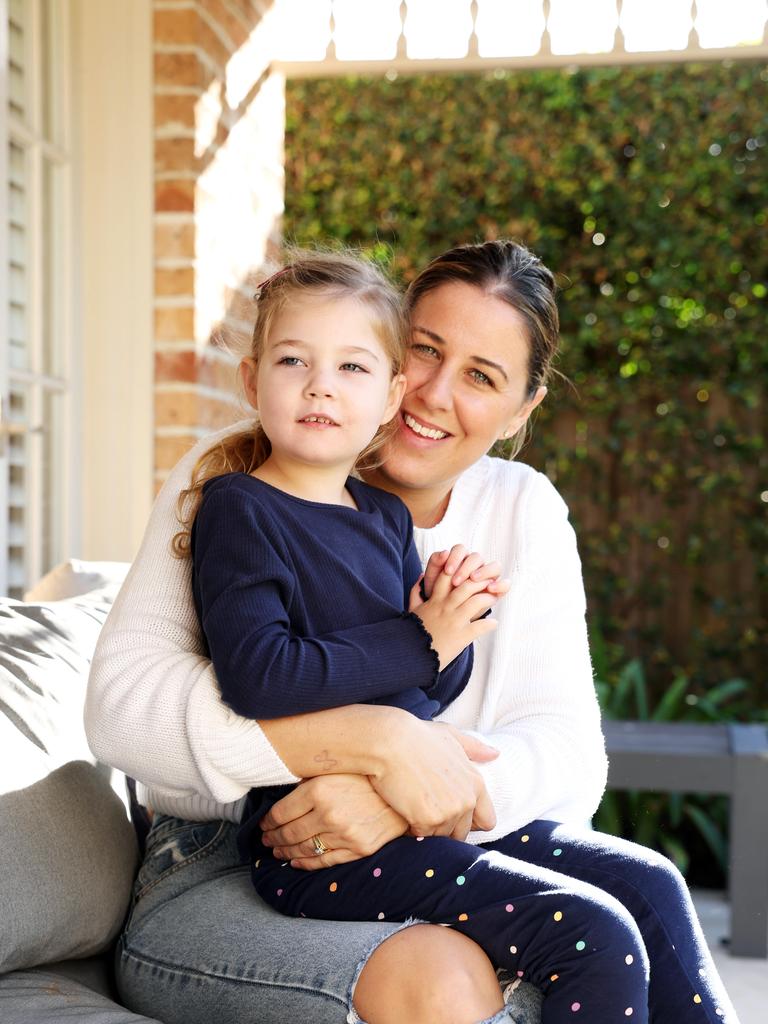
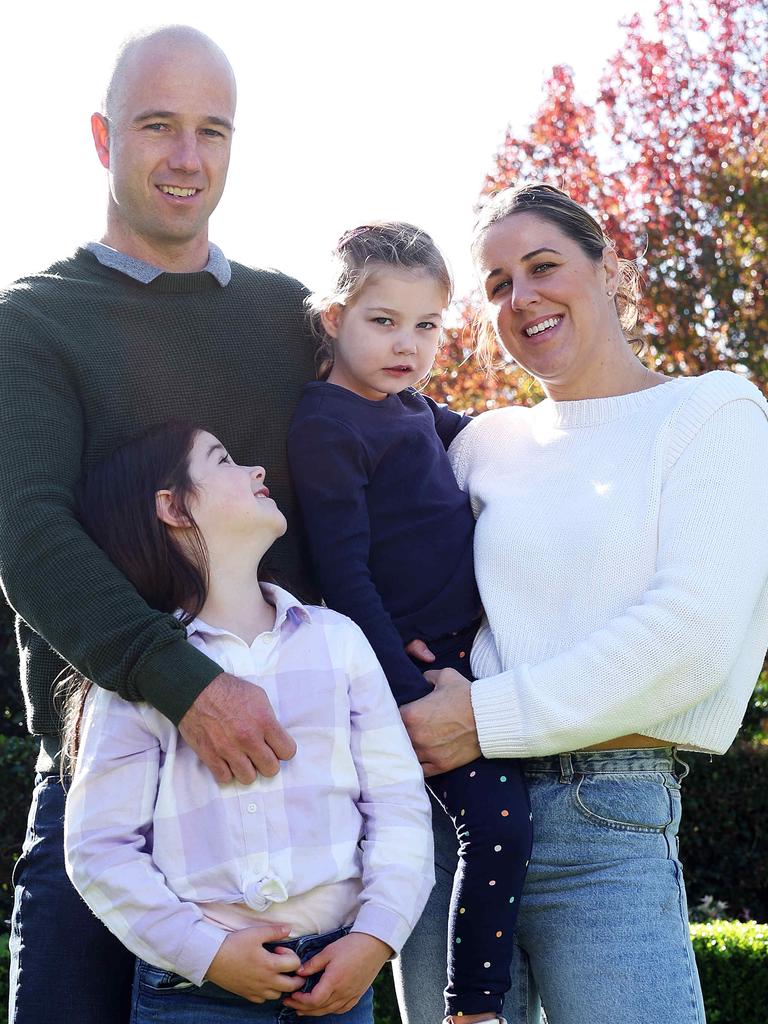
“(Dravet syndrome patients) have got constant epileptic activity and you can’t learn because you’ve got all this intrusive brainwave activity,” Prof Scheffer said.
The drug, which has a “different mechanism” to other anti-seizure drugs, according to Prof Scheffer, has helped Layla.
“We’ve noticed it in her concentration, in her mobility, her posture has improved and that’s helped with her walking in her joints,” Mr Sutton said.
“Her physio’s sort of noticed that, quite remarkably, and also some communication.”

But just six months’ worth of fenfluramine cost the family almost $30,000.
“We were paying out of pocket, it was quite expensive,” Ms Sutton said.
“It was 7500 (dollars) just for a bottle.”
But relief has arrived for Layla and her family, with fenfluramine now listed on the Pharmaceutical Benefits Scheme.
Patients who use the drug will now only need to pay $31.60 to access their medication.
“We won’t have to find that money every month … before it was an unknown whether we could keep funding it,” Ms Sutton said.
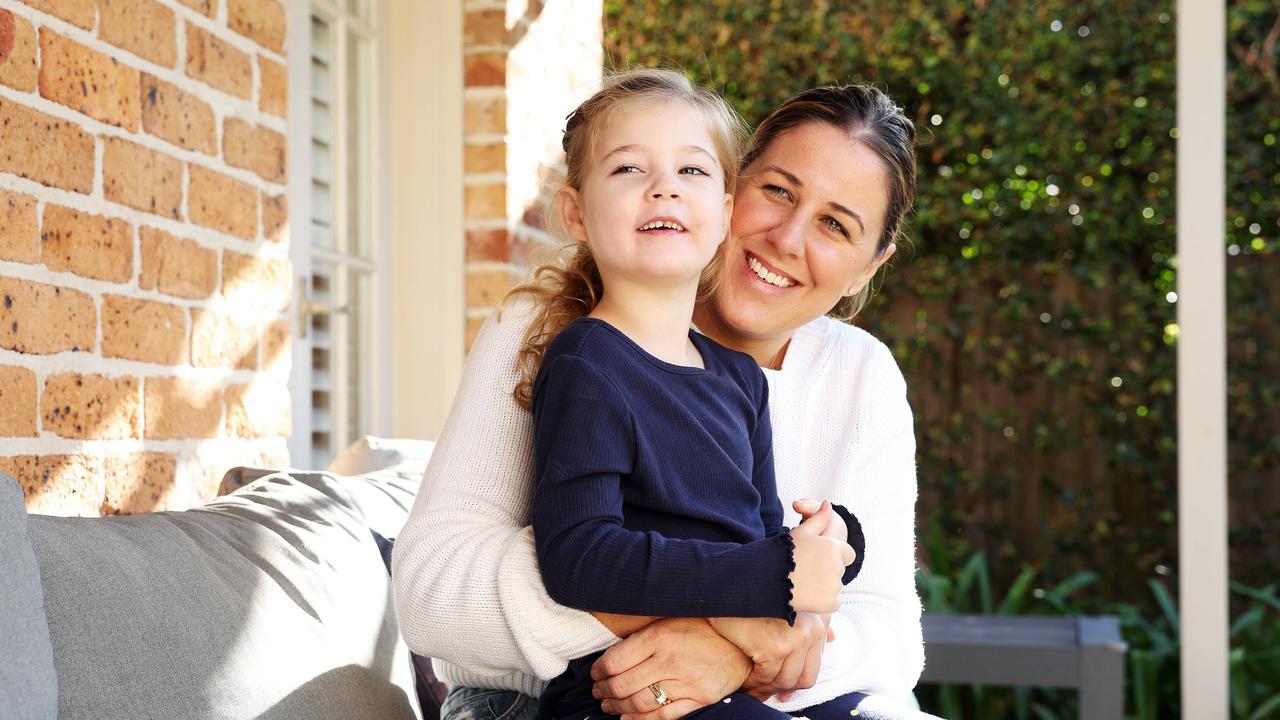
Mr Sutton said the move could help other families living with Dravet syndrome.
“We’ve noticed (the drug) has helped later in development, and it’s going to help now a lot sooner,” he said.
“They’ll have those building blocks, because (Dravet syndrome) really takes away the building blocks of a child’s development.”
Epilepsy Action Australia Governance and Policy Manager Lisa Todd praised the new subsidy. “Families now have affordable access to a medication that was previously only available to people who could afford to pay for it,” Ms Todd said.
“It’s got a proven track record of improving seizure control … that then in turn improves the quality of life, not just for the individual with epilepsy, but also for their families.”
People can call the National Epilepsy Line: 1300 37 45 37 for support and information from registered nurses.
Do you have a story for The Daily Telegraph? Message 0481 056 618 or email tips@dailytelegraph.com.au
Originally published as Government lists life-changing epilepsy drug fenfluramine on PBS


